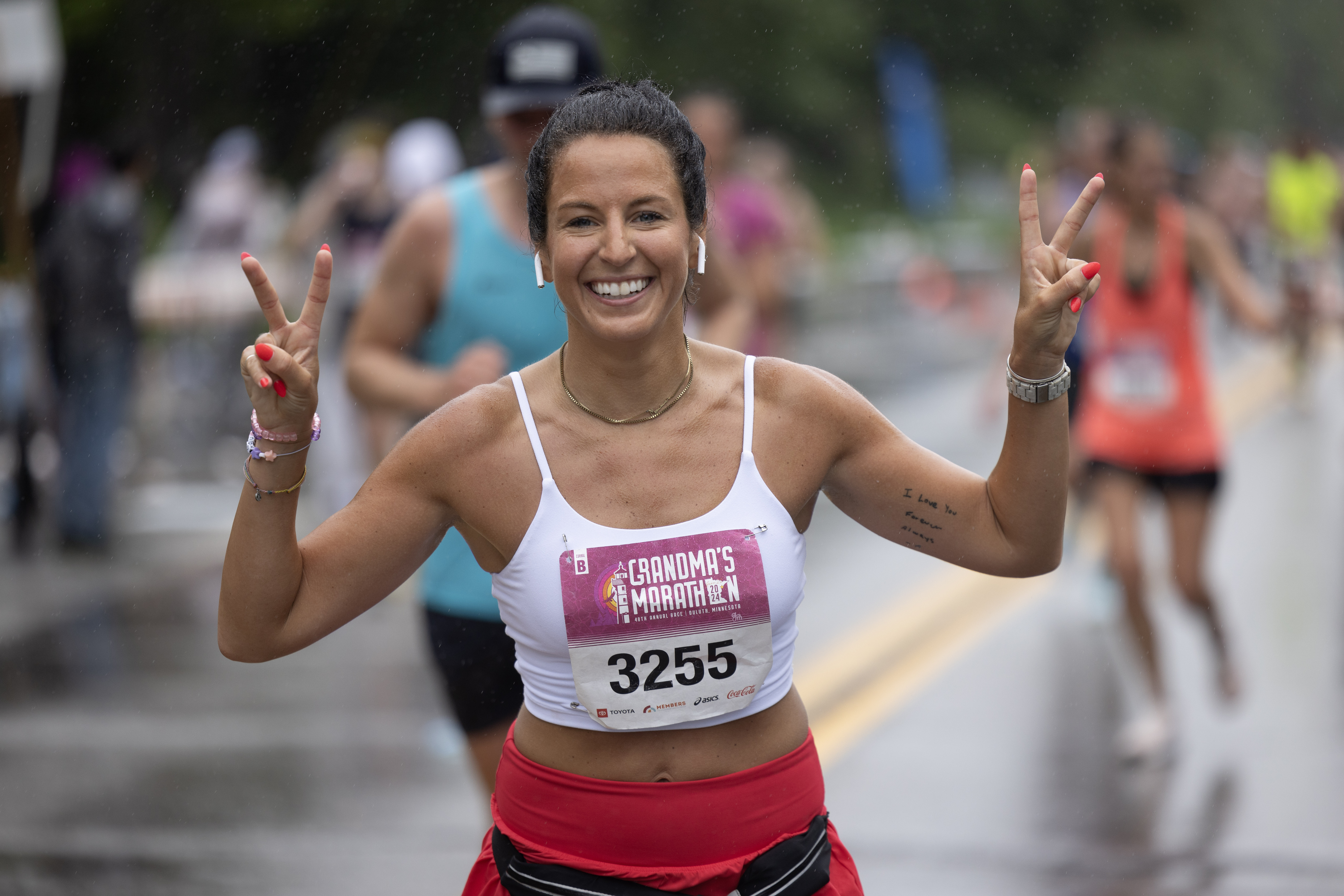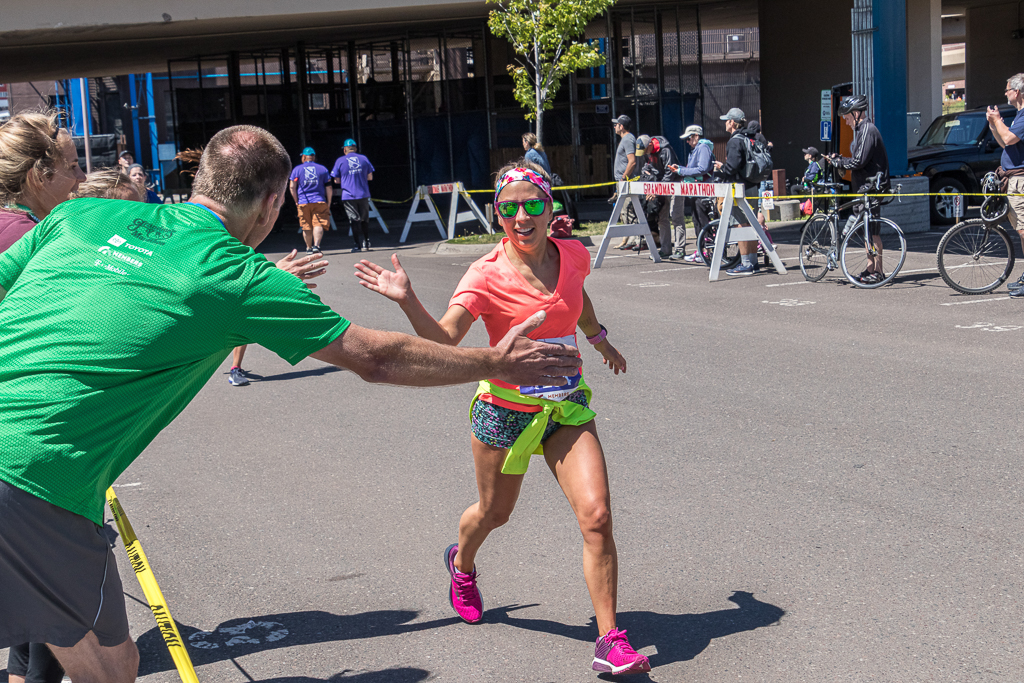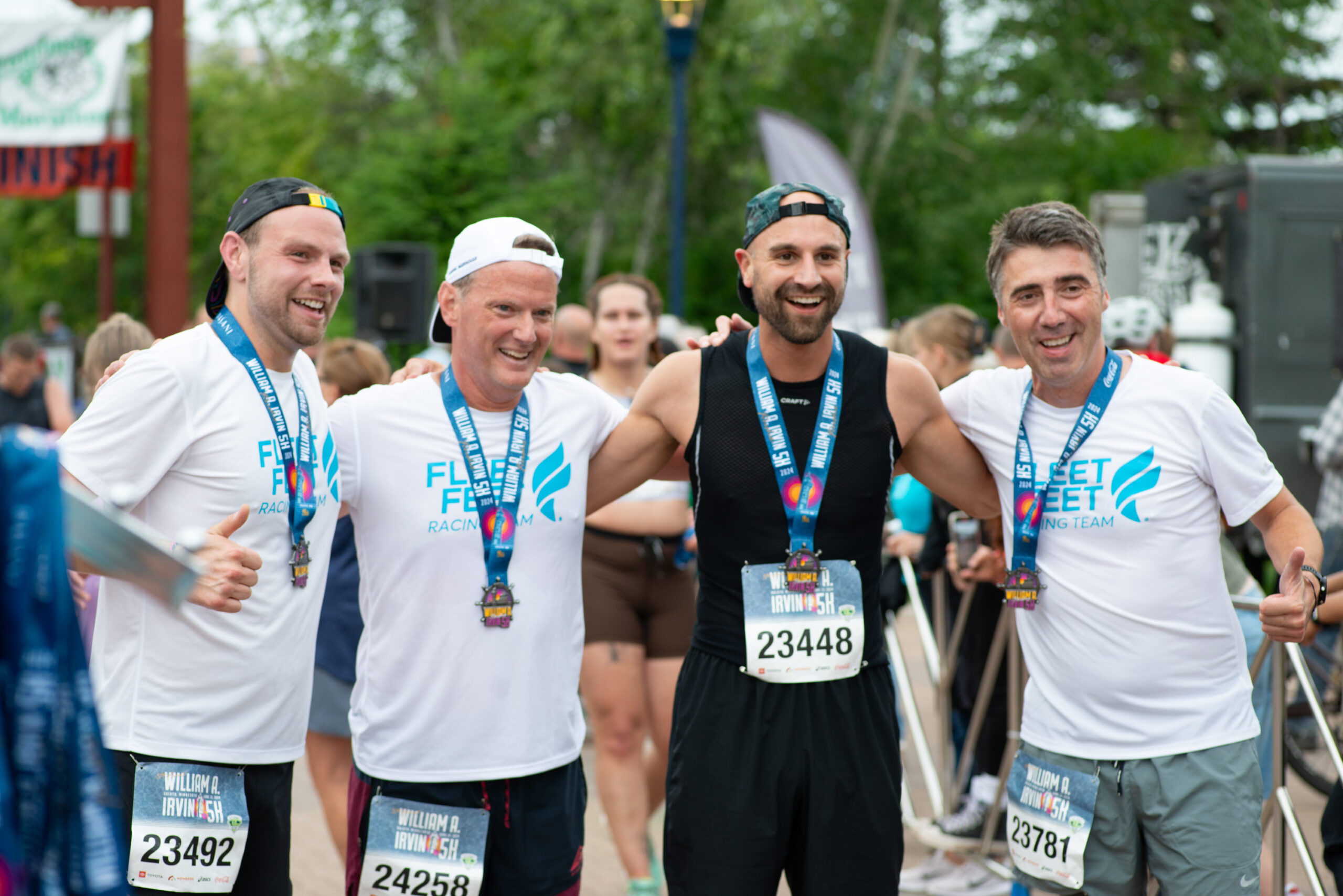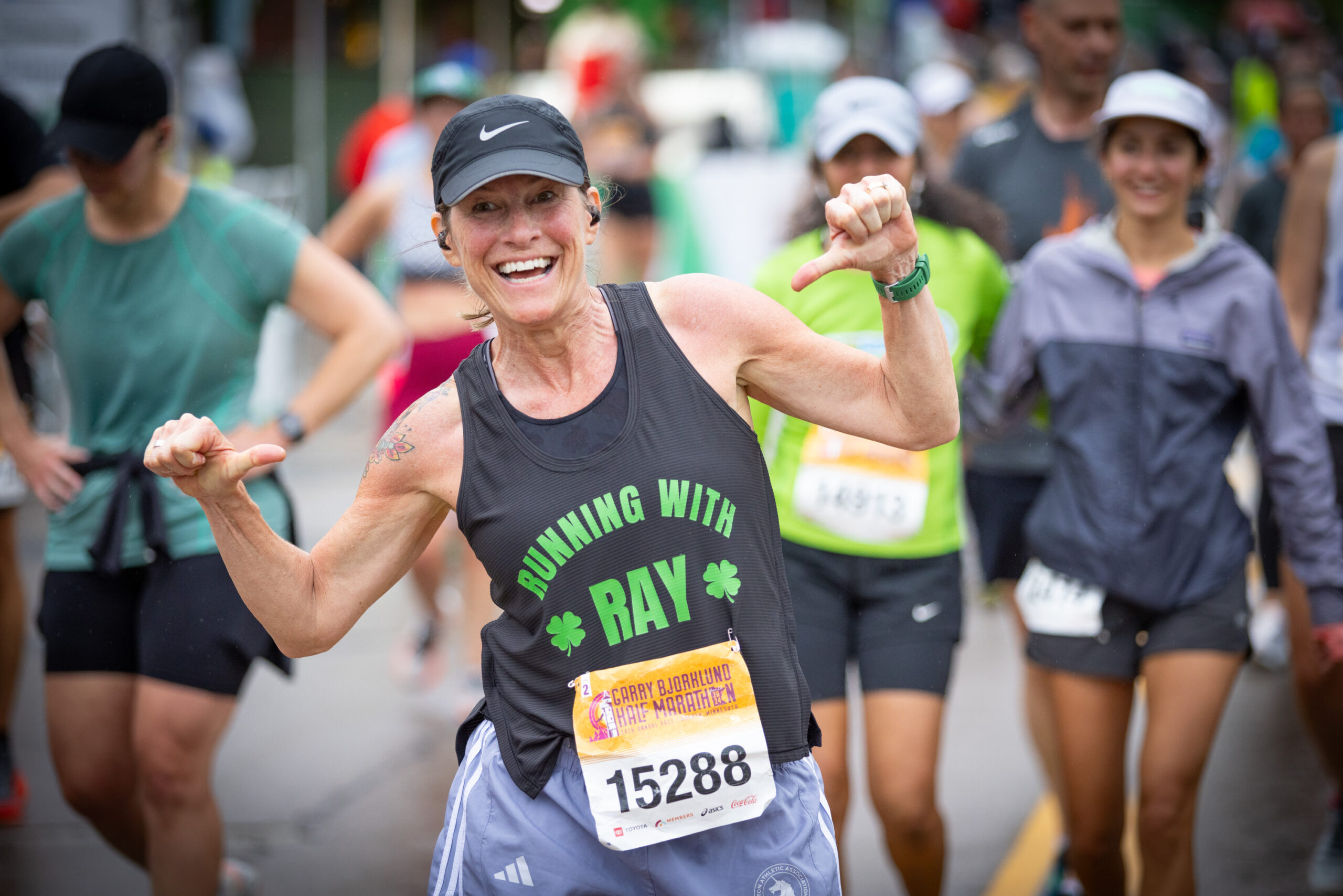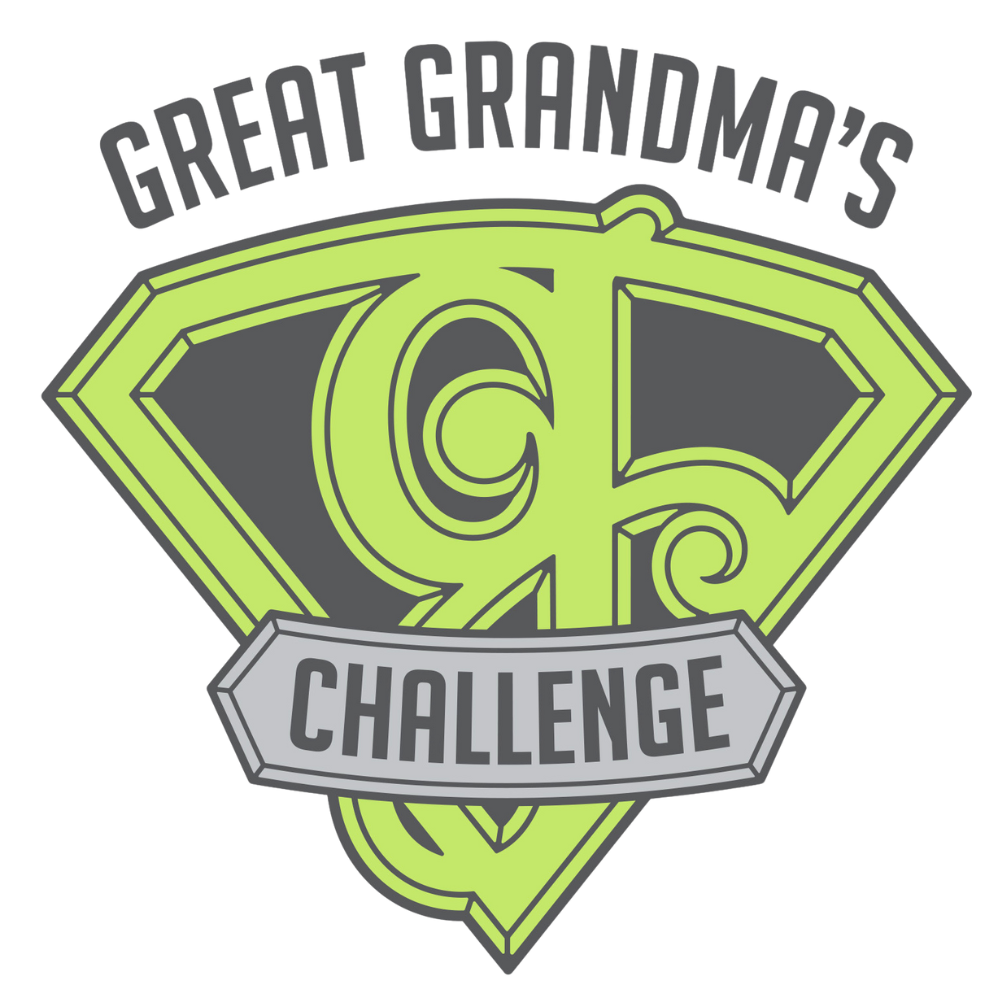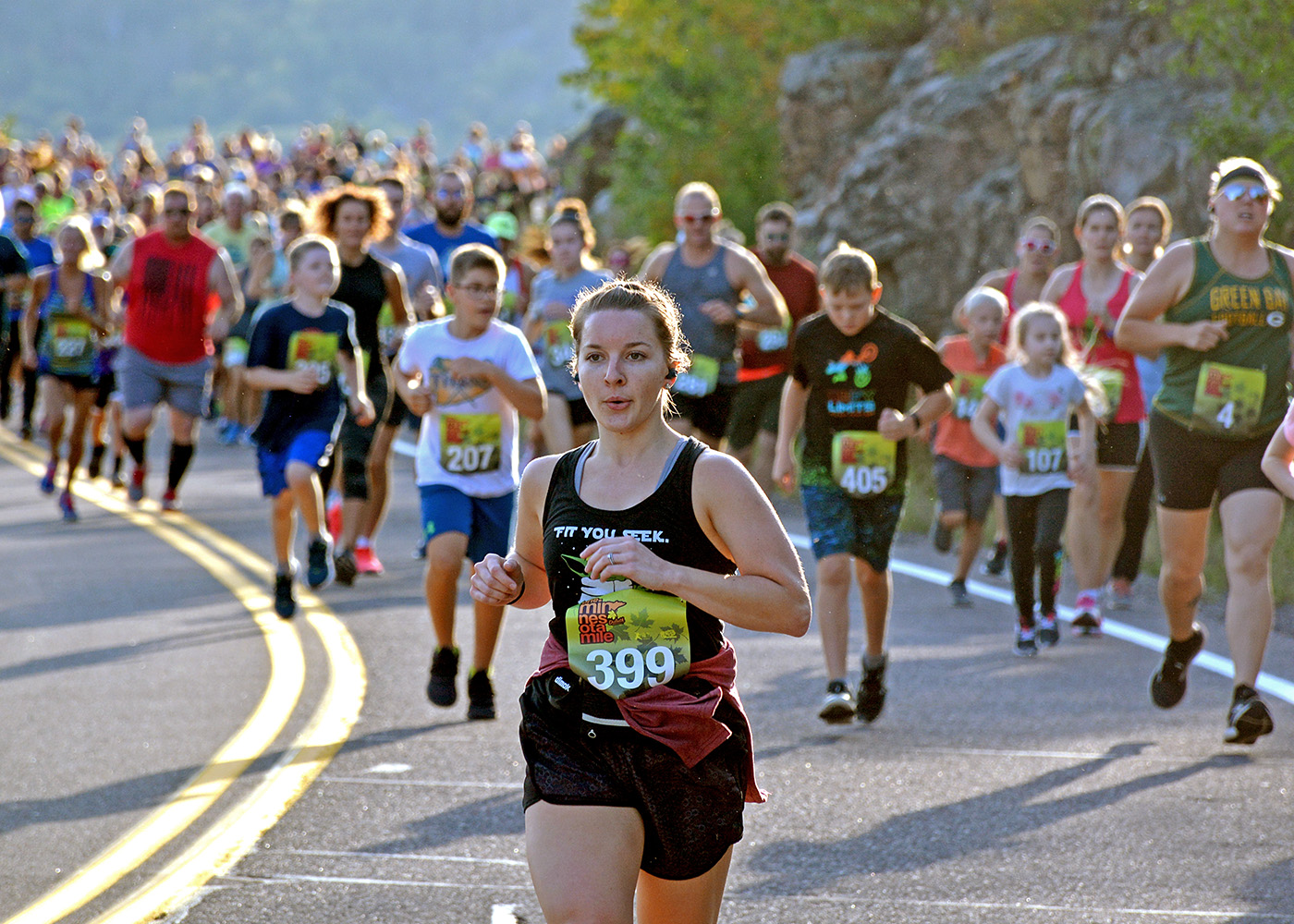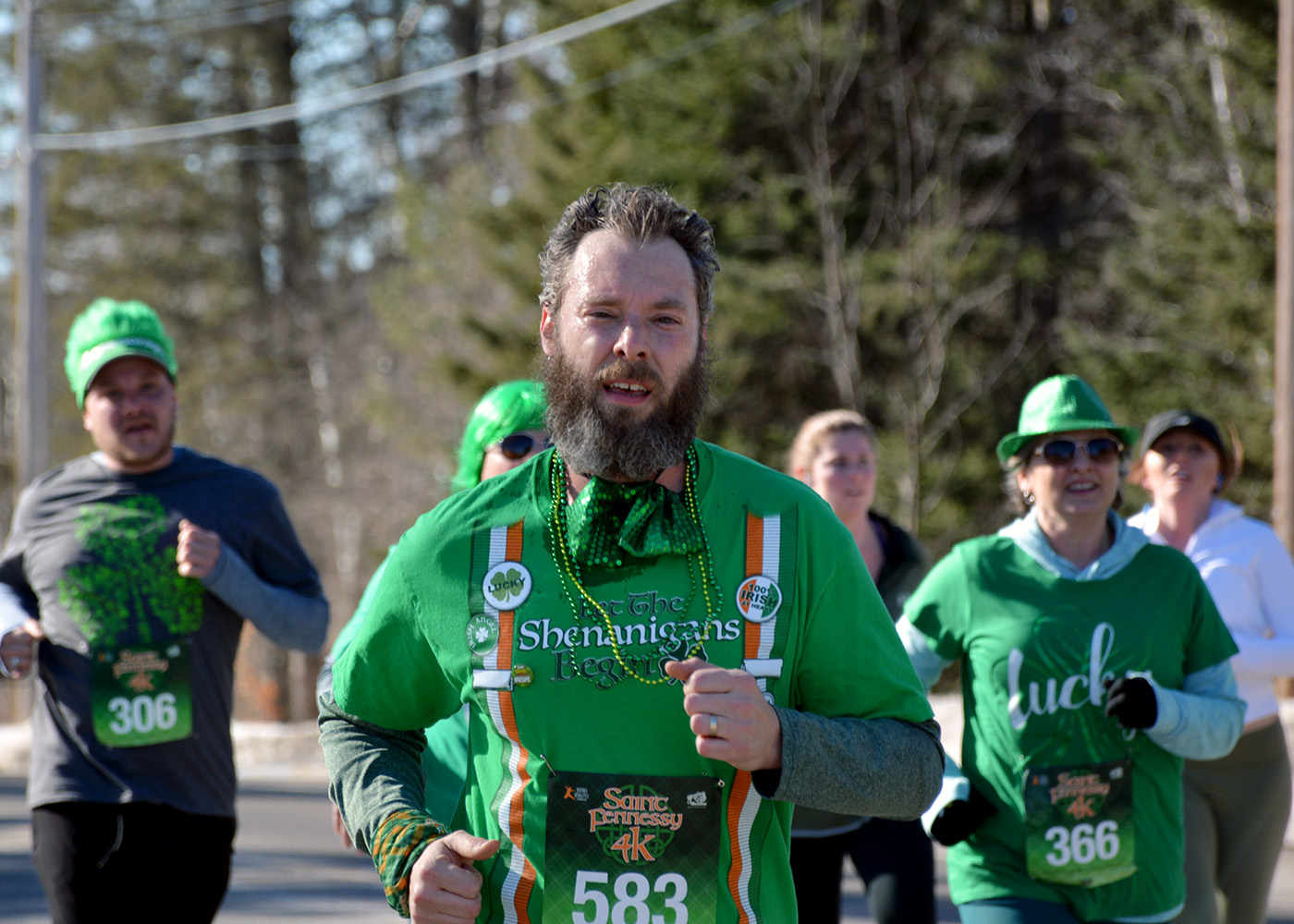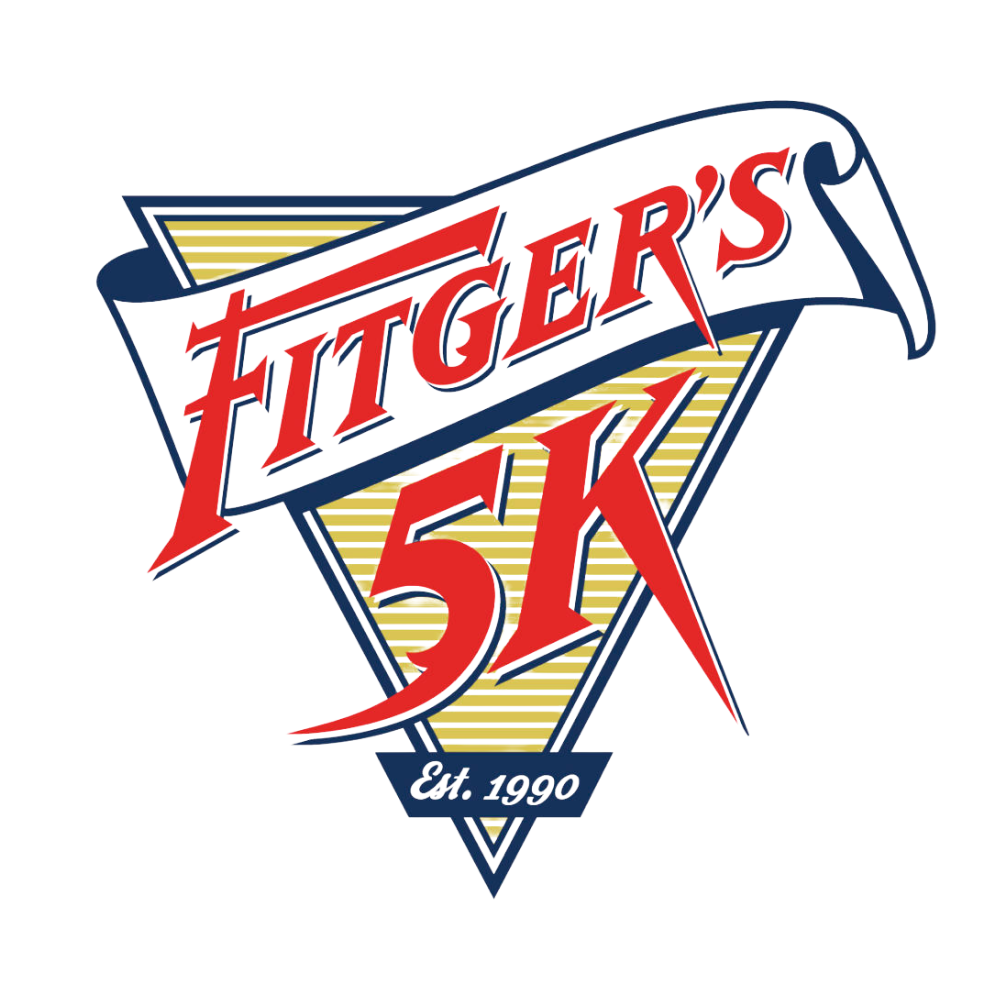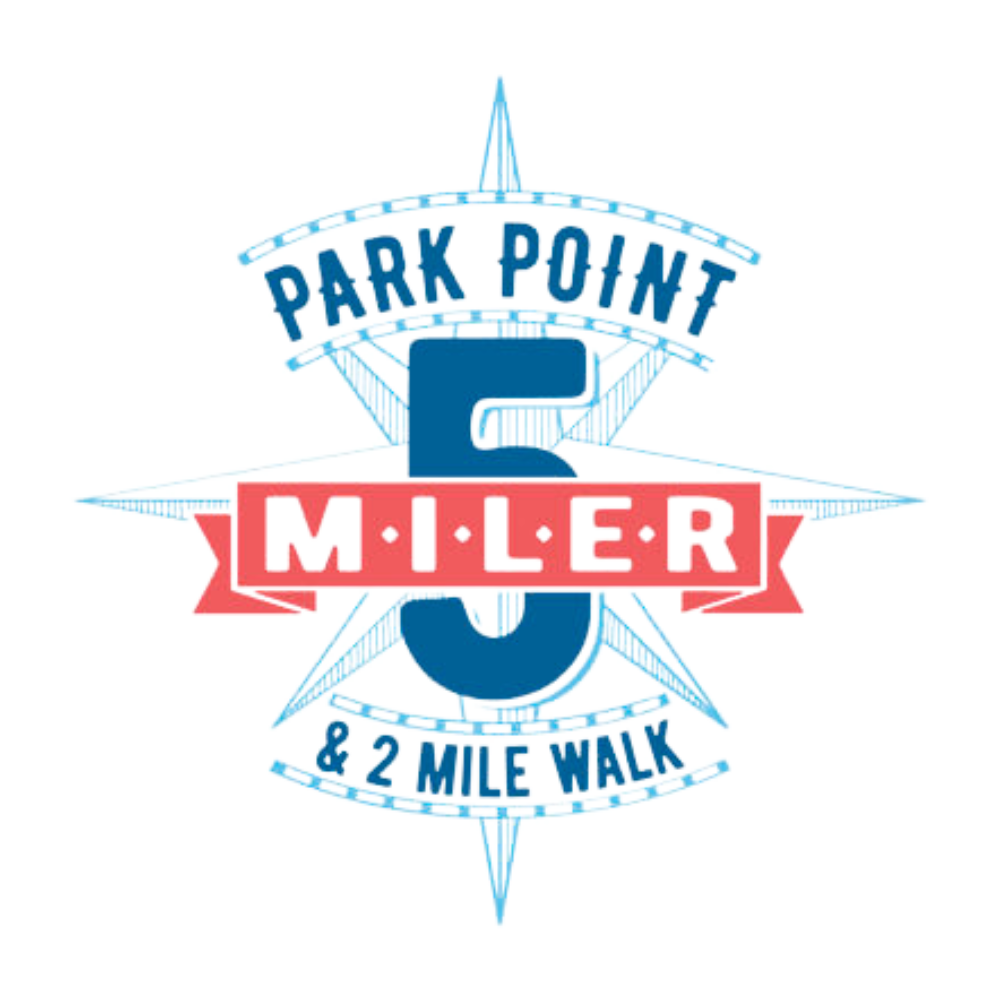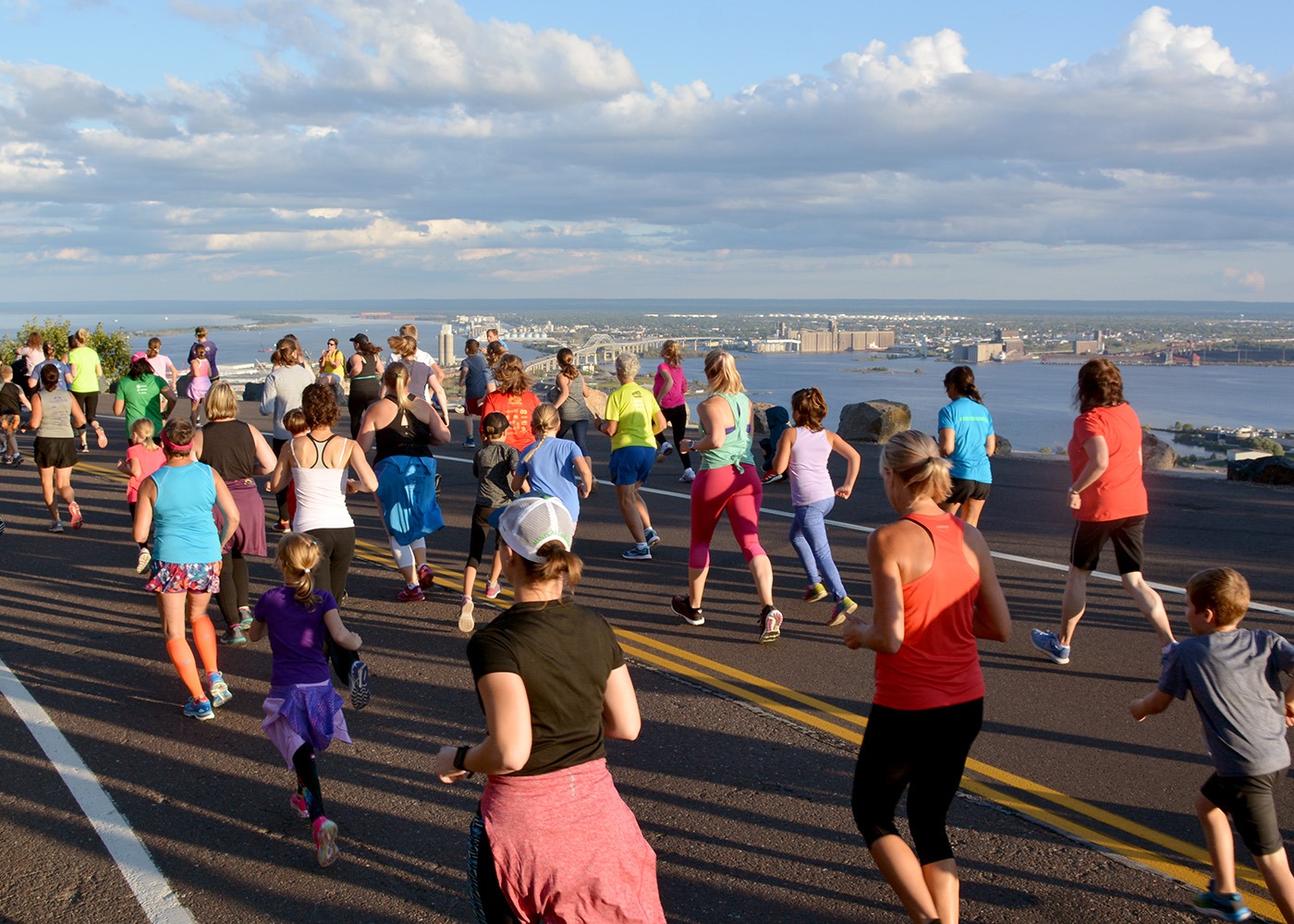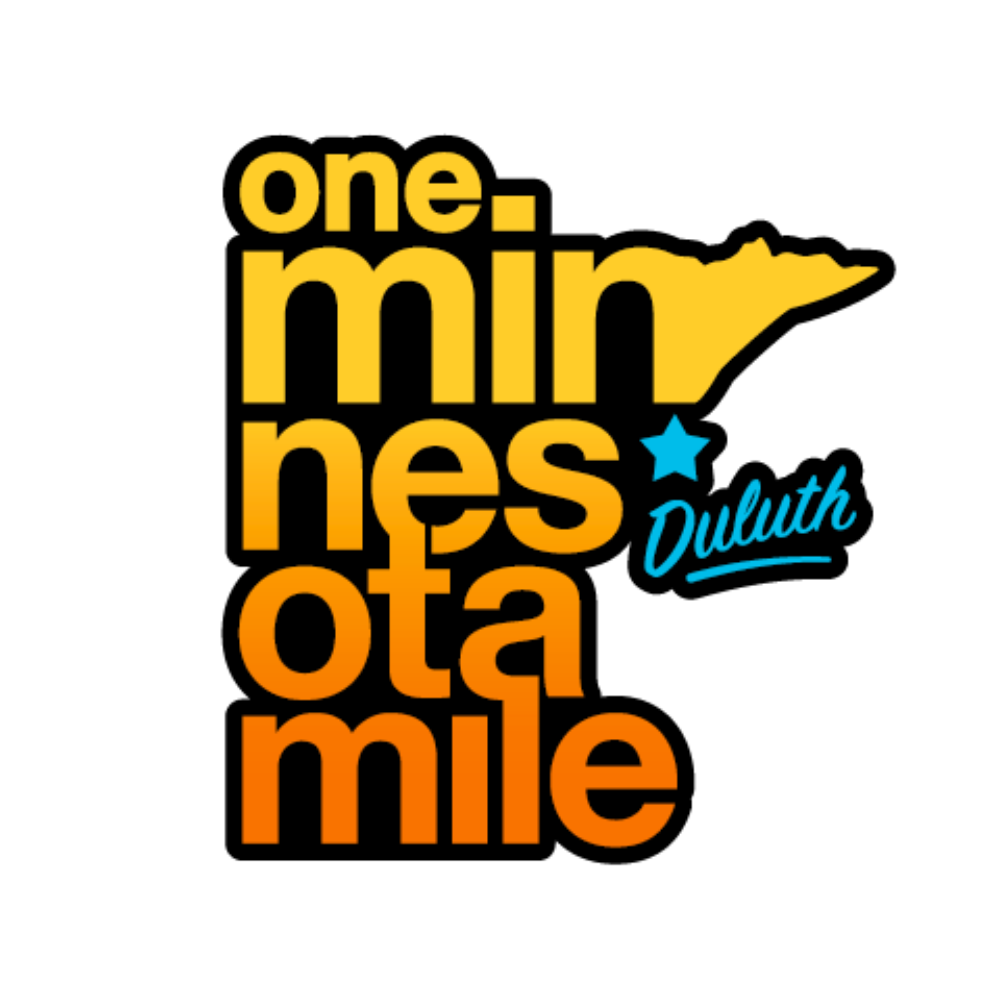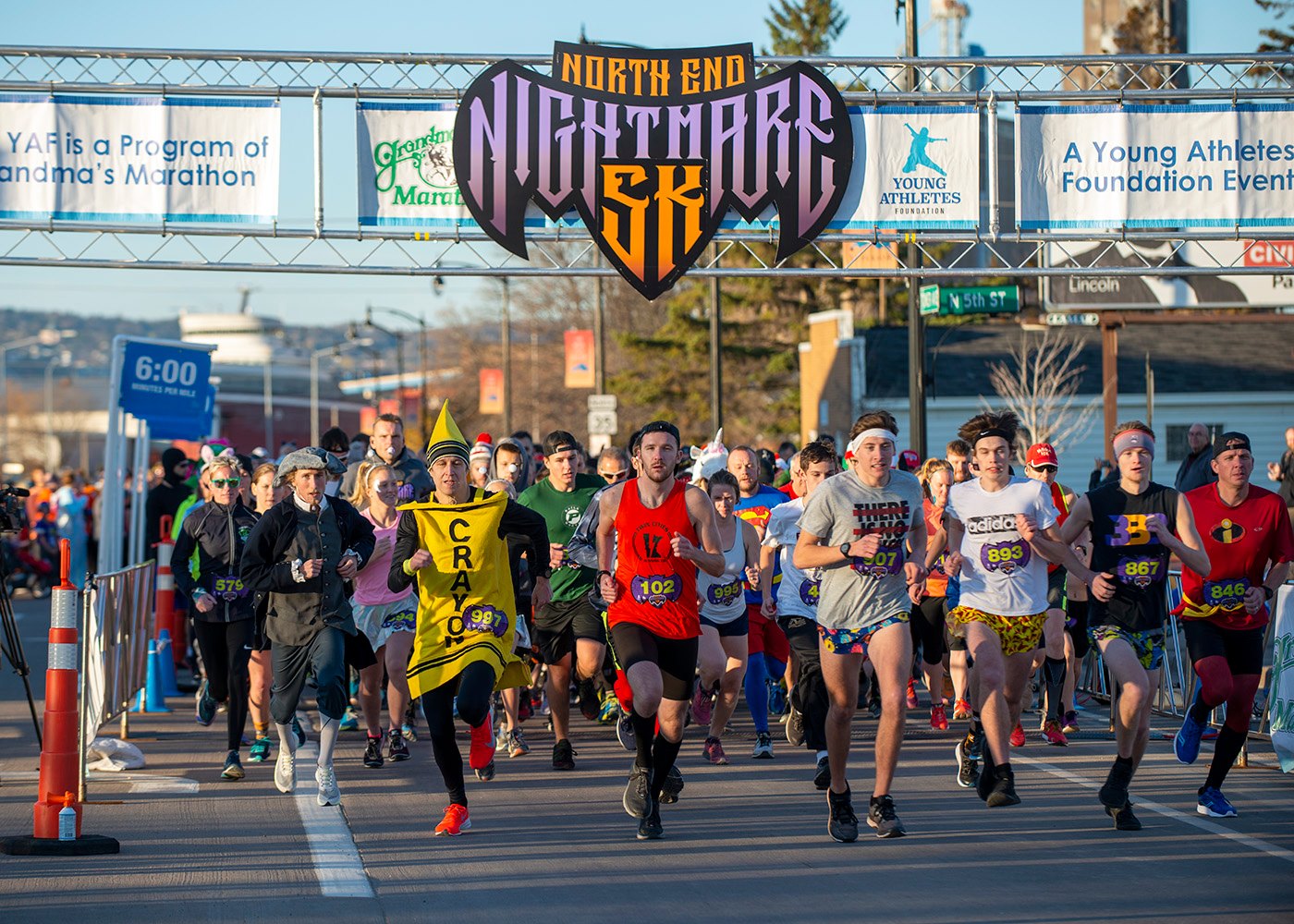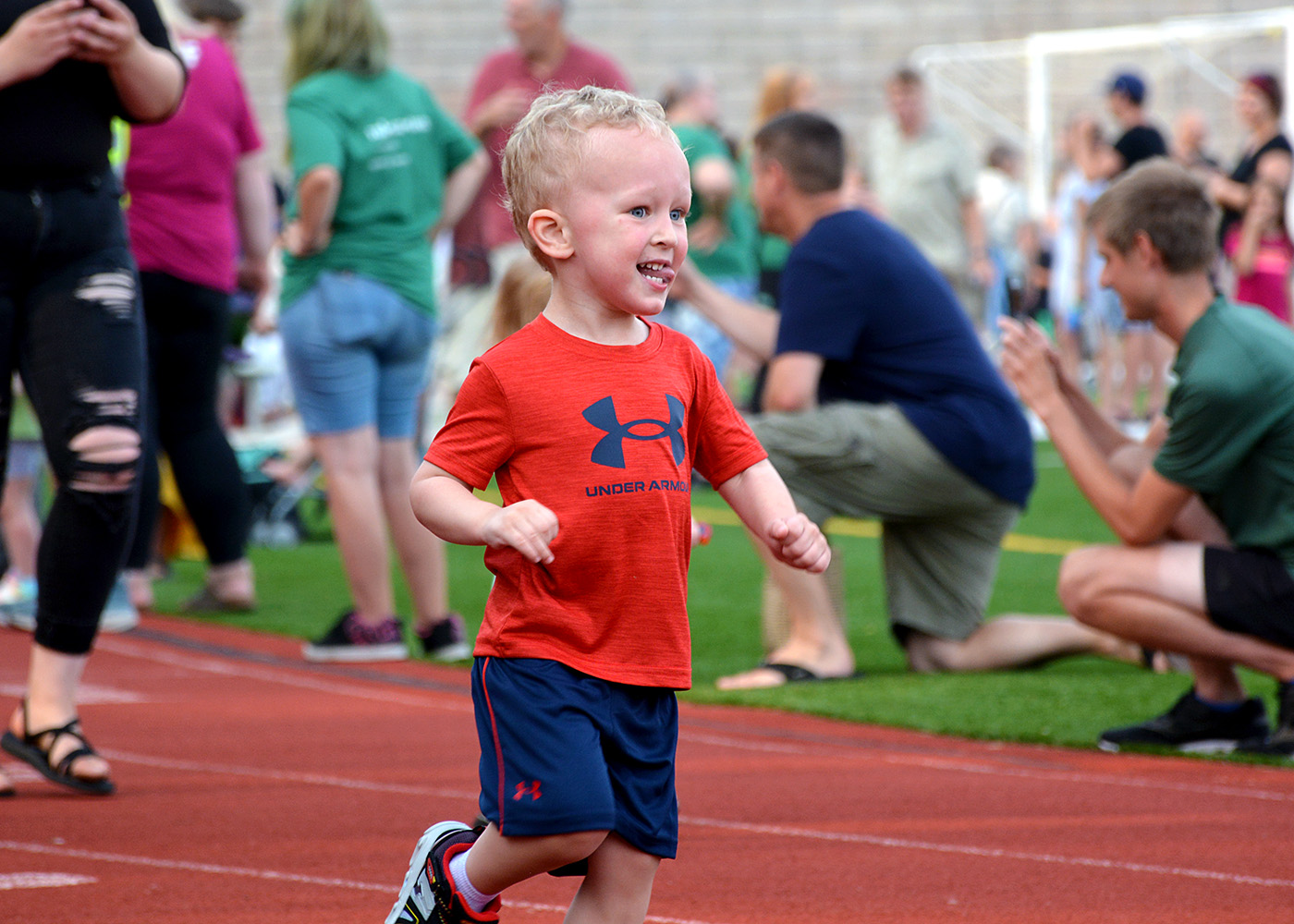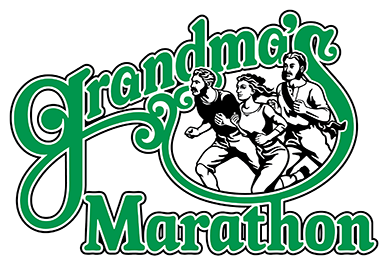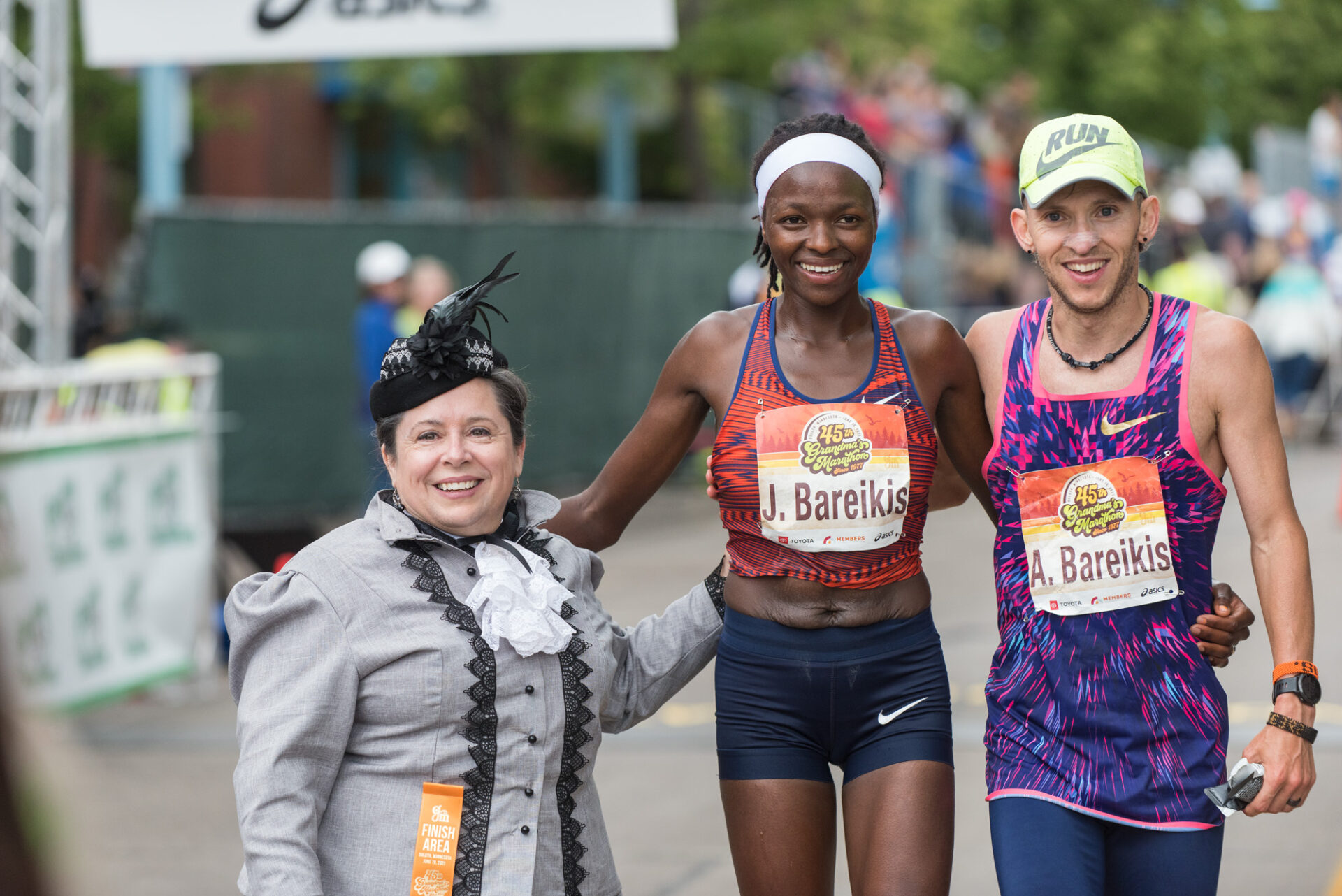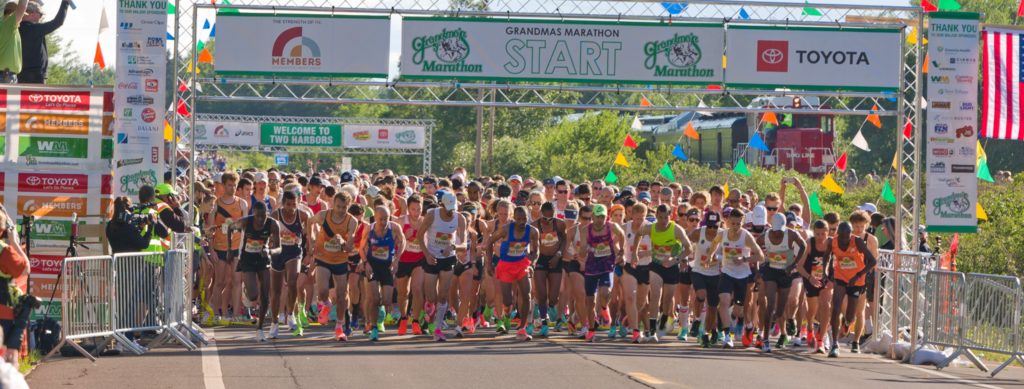
FUEL YOUR TRAINING RUNS
Many runners see their training runs as their opportunity to train their legs for race day.
Did you know it is also your time to train your gut to take in fuel and nail down your race day fueling strategy?
The goal of during the run fuel is to replenish carbohydrates so that you can avoid hitting the dreaded wall.
Think about your body during a long run as an electric car, say a Tesla, about to go on a cross country journey. You wouldn’t go on this run with your car’s battery on empty (E) or let it get too close to E before stopping for a charge. The same analogy can be used for your body.
When you let your body get too close to E and all of your glycogen (carbohydrate stores) used up you are digging a hole that is hard to get out of. It’s better for both energy and performance to stay on top and fuel before you feel you need it.
During training runs not only are you training your stomach to be able to handle fuel but you are also preventing your body from running on fumes.
SPORTS NUTRITION GUIDELINES FOR LONG RUNS
Most runners will need anywhere from 30-90+ grams of carbohydrates per hour when running a half or full marathon. This isn’t a small range and can feel overwhelming to figure out where you should be when it comes to carbohydrate intake during the run.
How do you figure out where within, or slightly outside of, the guidelines your body will perform the best? Through trial and error.
You can meet your needs from gels, chews, sports drinks, and even non-sports nutrition products like: dried fruit, pretzels, crackers, applesauce pouches or fruit snacks to name a few.
It’s important to note how many grams of carbs is in a serving of your fuel(s) of choice. If your gel contains 25 grams of carbs you will most likely need to plan to take it more than one time per hour.
During your training runs you will also want to know what fuel will be handed out on course of the race. I highly recommend not trying anything new on race day because you never know how your body will react.
If you are running Grandma’s Marathon this year and plan to take in Anderson’s Pure Fuel, try it during a training run. Make note how your body reacted and if it is a fuel you want to use on race day. Anderson’s fuel feels more liquidy than a lot of the other gels on the market which make it easier to take in. It contains 27 grams of carbs making it a great option to add to any fuel plan.

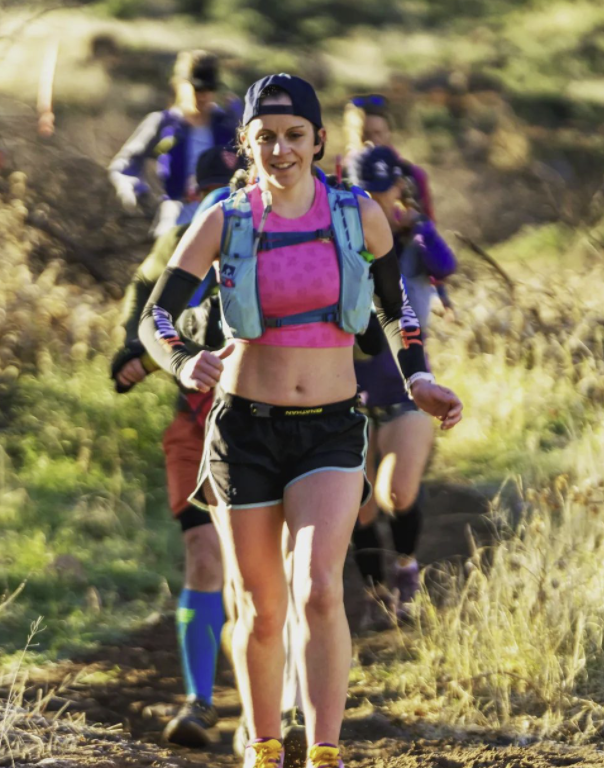
ANYTHING TO AVOID?
Runner’s trots, also known as a runner’s worst nightmare, are common but they don’t have to derail your next run or race. What and how much you eat leading up to race day as well as what you take in during the race can play a role in if you experience them or not.
Foods that commonly trigger runner’s trots
- High fiber
- High fat
- Dairy
Caffeine can provide an energy boost but can also trigger GI-issues. This is a good option to try during a training run to see if it provides a boost to performance or if it has you running to the nearest port-o-potty.
As with everything nutrition related it is individualized. One runner might be able to eat a banana during a run with no issues and for another runner that might lead to a different outcome.
FUELING TIPS
- Keep a fueling journal
- This can help you document what you are trying as well as what worked and what didn’t. It can also help you pinpoint patterns that you otherwise may not have been able to notice.
- Create a nutrition timer
- It can be easy to get sucked into a run and before you know it miss a fuel. Setting a timer reminds you when to take your fuel or when to take a drink of water and/or electrolytes. Many sports watches on the market have this tool available.
- Treat nutrition guidelines as just that — guidelines
- It’s okay if what your body responds best to is outside of those guidelines. Guidelines are meant to be individualized.
- Build your race day plan during training
- Practice, practice, practice so that when it comes to race day you are not “winging it”. You know exactly what you are going to take and when you are going to take it.
Amy Goblirsch is Minnesota-based dietitian and lifelong runner. Amy helps runners learn how to fuel to run strong, build a healthy relationship with food, and use nutrition to support running and life goals. When she isn’t helping runners fuel their training, she is either running, trying to keep up with her toddler, or reading.
Instagram: @the_running_dietitian | Website: longrunnutrition.co




